Indica Dominant Strains: Unlocking Relaxation for Social Fun with Cannabis
The growing popularity of cannabis for social and recreational use has driven industry growth, with…….
In the ever-evolving world of cannabis, Indica dominant strains have emerged as a powerful force, capturing the attention of cultivators, researchers, and consumers alike. This article delves into the intricate world of these strains, exploring their unique characteristics, global impact, economic significance, and the various challenges they present. By the end, readers will gain a comprehensive understanding of why indica dominant strains are not just a trend but a pivotal aspect of the cannabis industry’s landscape.
Definition: Indica dominant strains refer to cannabis varieties that possess a genetic makeup where the indica allele dominates, resulting in plants with distinct physical and psychological effects. Indica, originating from regions like Afghanistan and Pakistan, is known for its shorter stature, dense flowers, and characteristic relaxing, sedative properties.
Core Components: These strains are characterized by:
Historical Context: Indica strains have been cultivated for centuries in their native regions, where harsh climates and high altitudes favored the development of these robust plants. Traditional use among local communities highlighted its medicinal properties, particularly for pain relief, sleep aid, and stress reduction. The global cannabis scene’s shift towards indica dominant strains can be traced back to the 20th century when cultivators sought varieties that offered stronger sedative effects, leading to the popularization of specific breeds.
The influence of indica dominant strains is felt across continents, shaping cannabis cultures and industries in diverse ways:
| Region | Impact & Trends |
|---|---|
| North America | The US market, especially legal states, has seen a surge in indica-dominated hybrids. Cultivators focus on maximizing THC content, creating potent strains with high demand. |
| Europe | Popular among medical cannabis patients for its pain-relieving and sleep-inducing properties. Many European countries have specific indica-focused programs for patient access. |
| Asia | In countries like Thailand and India, traditional indica breeds are celebrated for their medicinal benefits. They are used extensively in Ayurvedic and traditional medicine practices. |
| South America | Peru and Colombia have emerged as hubs for unique indica landraces with distinct terpene profiles, attracting international attention from breeders. |
| Global Market Shifts | There’s a growing demand for strains with higher CBD content, leading to hybridization efforts combining indica genetics with sativa characteristics for balanced effects. |
The economic implications of indica dominant strains are significant, impacting various sectors:
Cannabis Market Dynamics: Indica dominates a substantial portion of the legal cannabis market globally, with an estimated 60% of sales in some regions. This dominance influences pricing, product variety, and consumer preferences.
Investment Patterns: Investors target indica-focused cultivators and breeders, recognizing their potential for consistent yields and robust demand. Publicly traded cannabis companies often highlight the financial viability of their indica strains.
Medicine & Research: The medical cannabis industry heavily relies on indica varieties for their therapeutic benefits. Research into specific indica compounds, like CBD and THC, has spurred innovation in pharmaceutical applications.
Tax Revenue: In legal markets, sales taxes from indica products contribute significantly to state or national revenue. This revenue supports regulatory bodies and research initiatives.
Technological breakthroughs have revolutionized the cultivation and consumption of indica dominant strains:
Genetic Engineering: Modern breeders use genetic testing and editing tools to enhance specific traits, such as increasing THC levels or stabilizing rare terpene profiles.
Climate Control in Cultivation: Advanced greenhouse technologies enable year-round cultivation, ensuring consistent access to indica varieties worldwide.
Cannabis Concentrates & Edibles: Indica strains are used extensively in the production of concentrates and edibles, allowing for precise dosing and a wide range of consumer products.
Microdosing & Research: Emerging trends include microdosing, where small amounts of THC from indica strains are utilized for potential cognitive enhancement and therapeutic effects, sparking interest among researchers.
The legal status of indica dominant strains varies globally, presenting challenges and opportunities:
Legalization & Decriminalization: Many countries and states have legalized cannabis, including indica varieties, leading to a boom in cultivation and research. However, strict regulations control production and sales.
Age Restrictions & Prescriptions: Legal markets often impose age restrictions and require prescriptions for medical use, ensuring responsible access.
International Trade Barriers: The global trade in cannabis is complicated by varying legalities, hindering the exchange of specific indica breeds and genetic material.
Research Constraints: Some countries with strict regulations limit cannabis research, making it challenging to explore the full potential of indica strains.
Despite their popularity, indica dominant strains face several challenges:
Stigmatization: Historical associations with relaxation and sedation have led to misconceptions about potential misuse. This stigma impacts public perception and access in some regions.
Potency Concerns: High THC levels in certain strains have raised concerns about psychosis or anxiety in susceptible individuals, prompting calls for better labeling and consumer education.
Medical Efficacy Debates: The scientific community continues to study the therapeutic benefits of indica compounds, with varying findings on their effectiveness for specific conditions.
Environmental Impact: Intensive cultivation practices can have environmental consequences, including land use changes and water consumption concerns. Sustainable farming methods are essential to mitigate these issues.
Indica dominant strains represent a complex and multifaceted aspect of the cannabis industry. Their global appeal, economic significance, and therapeutic potential cannot be understated. However, navigating the challenges they present requires responsible cultivation, research, and regulation. As the world continues to embrace cannabis in all its forms, understanding indica dominant strains is crucial for fostering a healthy, informed, and regulated market.
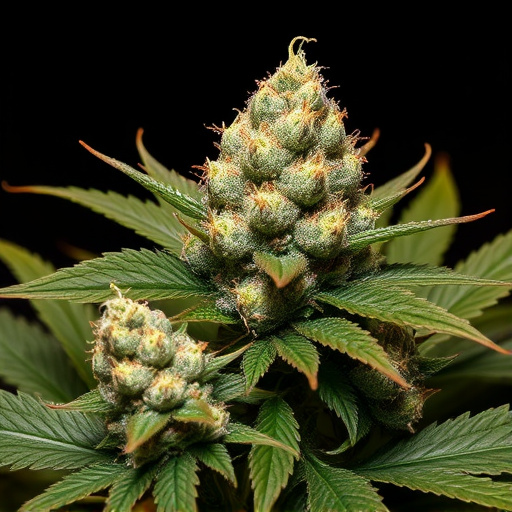
The growing popularity of cannabis for social and recreational use has driven industry growth, with…….
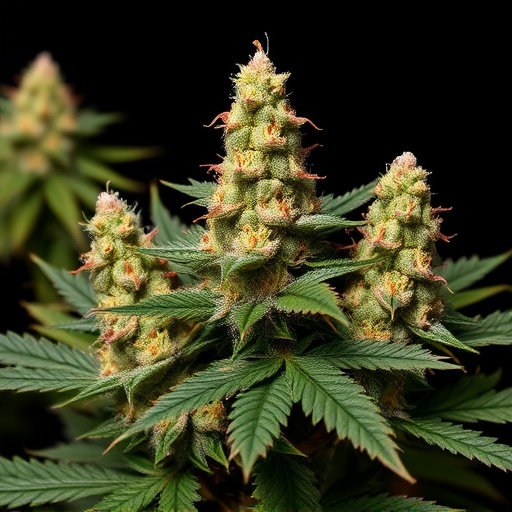
Cannabis plants grown indoors and outdoors develop unique physical traits shaped by their environmen…….
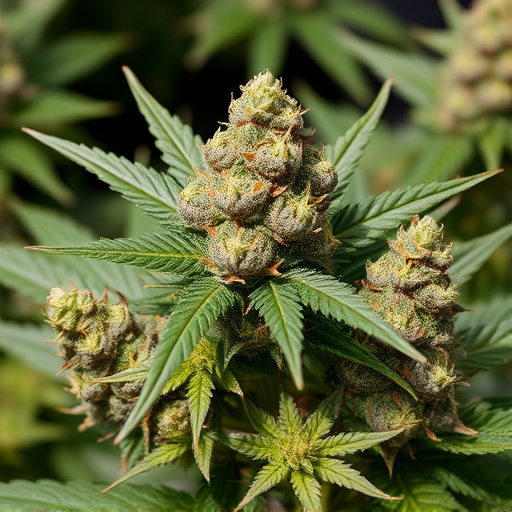
Indica dominant strains, native to Afghanistan and Pakistan, offer powerful relaxing effects due to…….
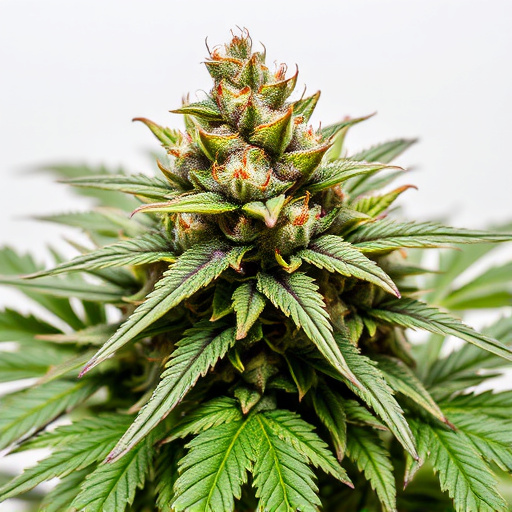
Indica dominant strains (60%+ Indica genetics) offer calming and relaxing effects ideal for evening…….
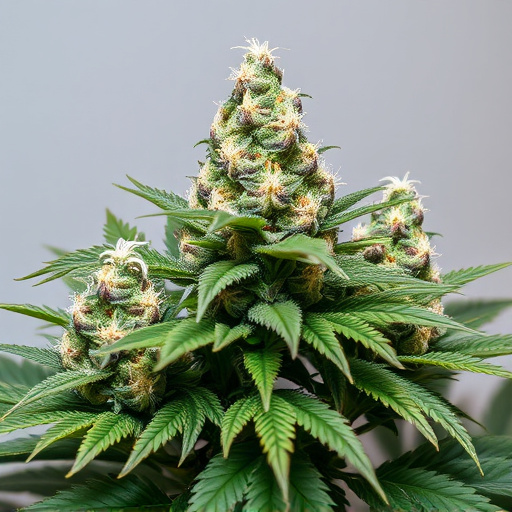
Cannabis flowers are categorized into three main types: sativa, indica, and hybrid. Indica-dominant…….
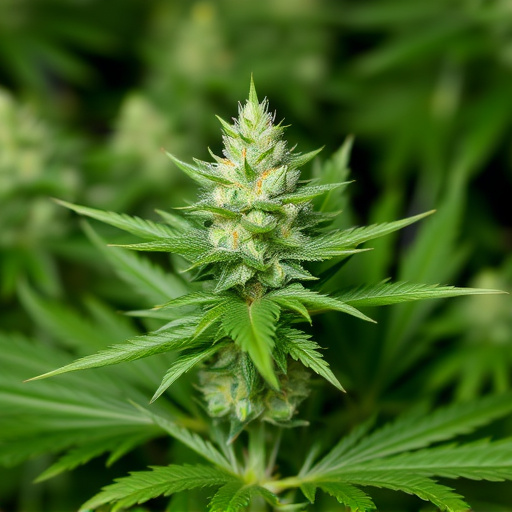
High-quality cannabis flowers, especially indica dominant strains, are visually striking with dense,…….
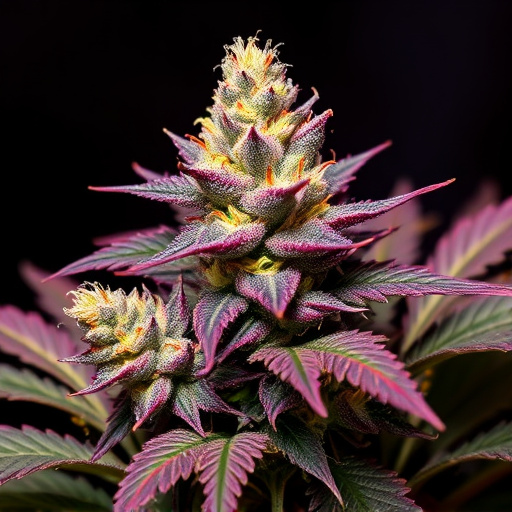
Recognizing an overdose or severe intoxication from indica-dominant cannabis strains is crucial. Sym…….
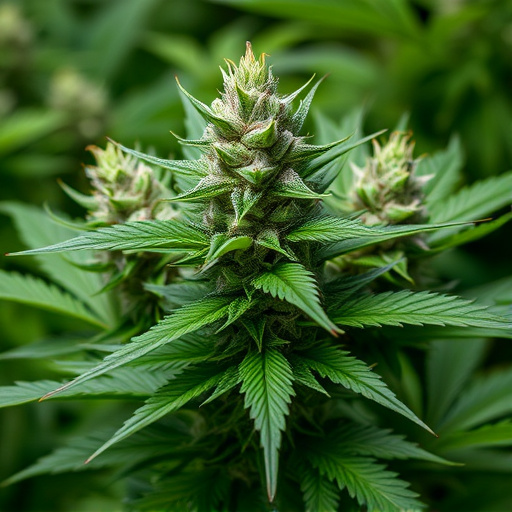
Optimizing growing conditions for indica dominant strains is crucial for maximizing yield and potenc…….
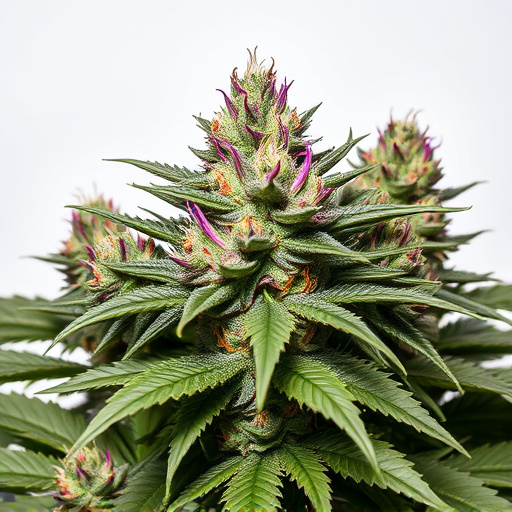
Recognizing overdose signs from indica dominant cannabis strains is vital due to their potent effect…….